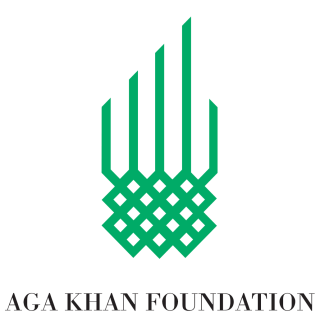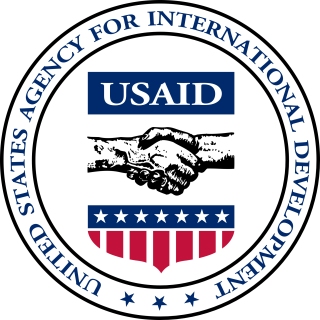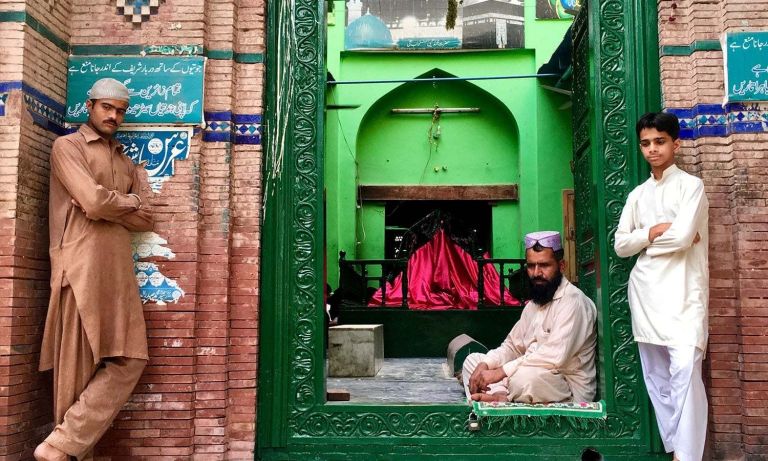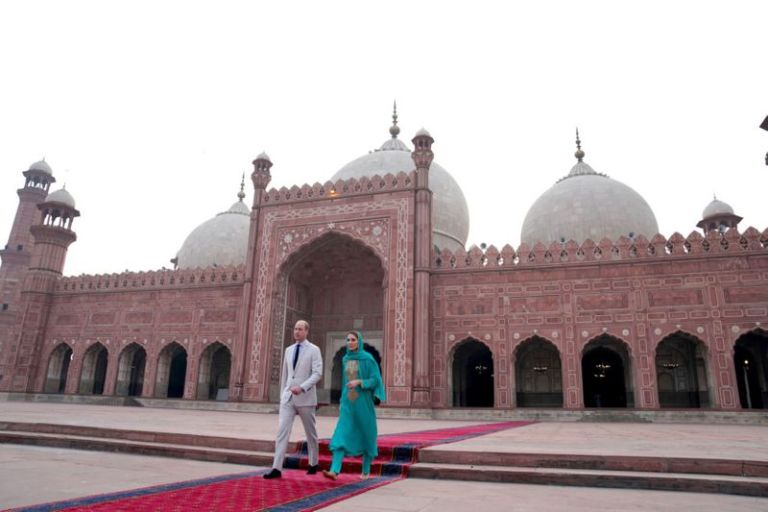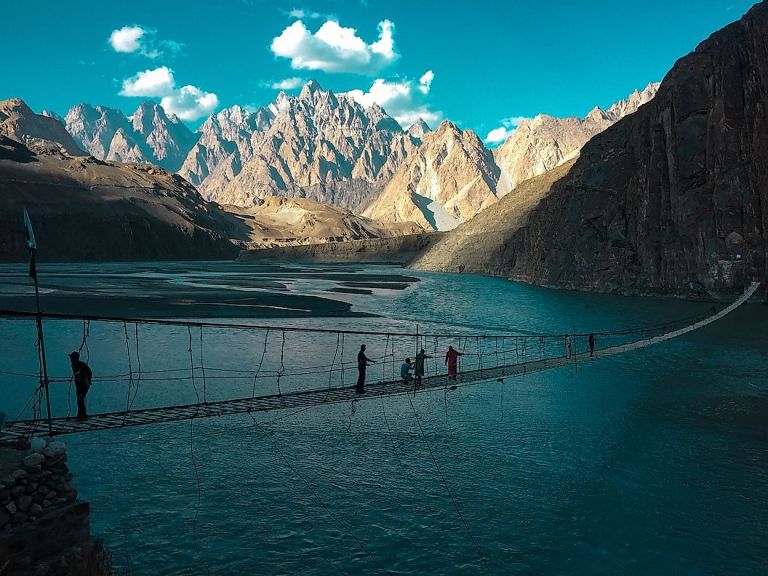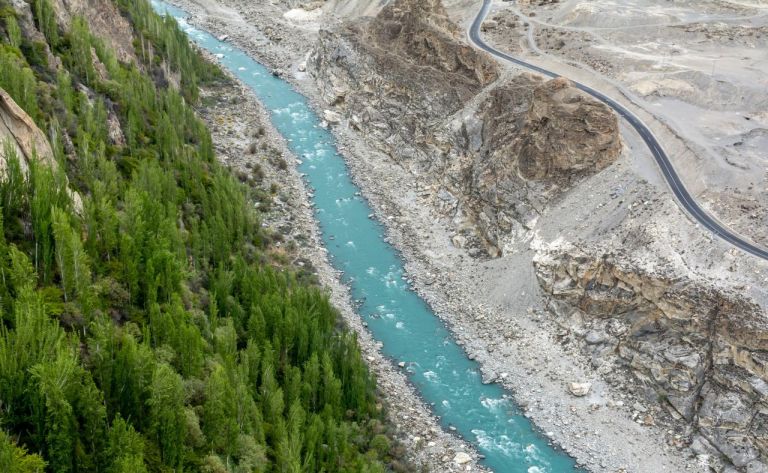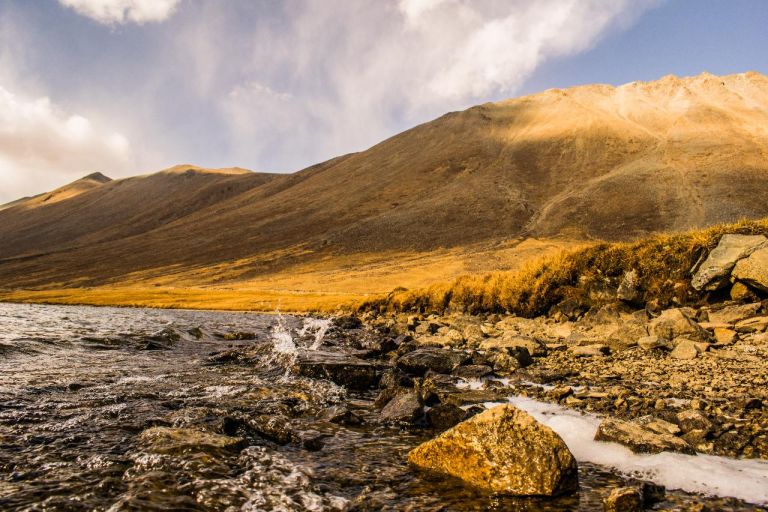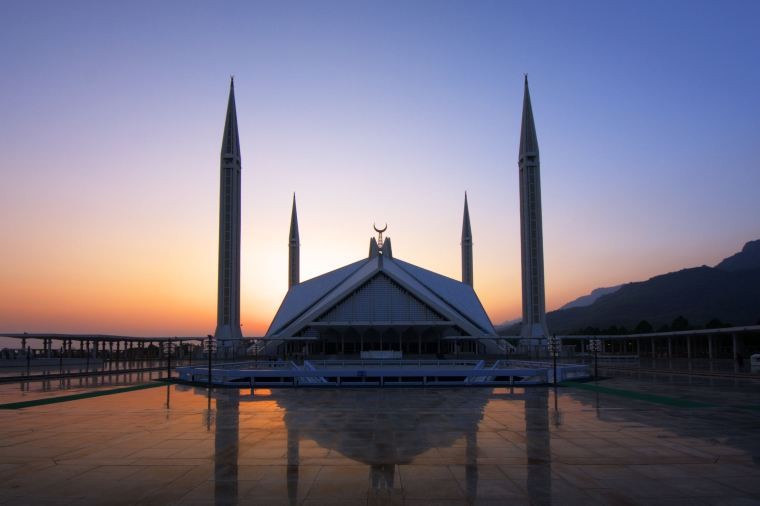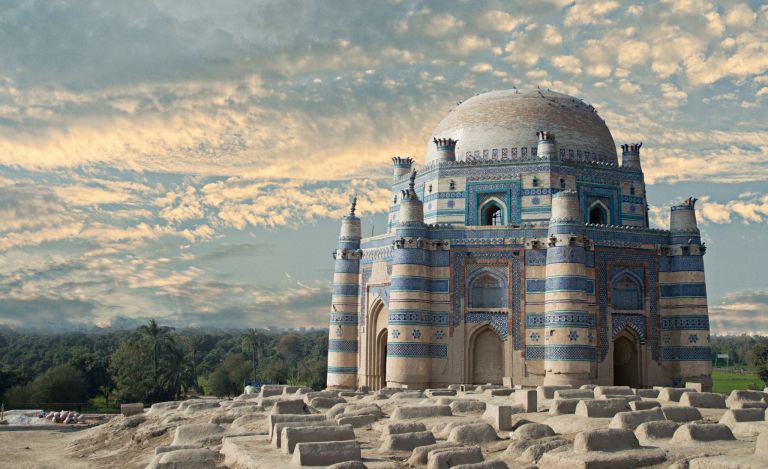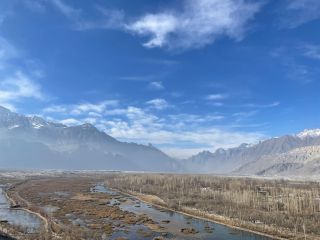We’ll start our tour in Lahore, the cultural capital of Pakistan and we’ll make our way to the real capital of Pakistan: Islamabad, while visiting a few sites on the way, which aren’t too well known among foreign tourists. On our trip we’ll focus mostly on culture and history.
Note that it gets very hot from May to September in Lahore!!
Day 1: Lahore
Today we’ll have a full day in Lahore, the cultural capital of Punjab and often called the cultural capital of all of Pakistan as well. Lahore’s Pakistan second biggest city with roughly 8.5 million inhabitants and the Inner City (or Walled City) as the pounding heart of Lahore. The city is rich in cultural attractions and has attracted tourists, artists and intellectuals for thousands of years with Mughal and Sikh influences, British colonial architecture, but it also houses modern malls and buildings as well. It is also one of the most liberal cities in all of the country. We’ll start our tour around 8 am and we’ll try to visit as much of the archeological and cultural sites and hotspots as possible, such as the Lahore Fort, Badshahi Mosque, Minare Pakistan, Sikh Guradwara Dera Sahib, Shees Mahal, Royal Hammam, Deewan-e-Aam, Deewan-e-Khas and the tomb of Jahangir. We’ll make sure you’ll be directed to an excellent restaurant for lunch and our last stop of the day will be the famous Flag Ceremony at the border with India. This ceremony takes place every evening before sunset. It starts with a parade by the soldiers from both sides and ends in lowering of the two nations’ flags. The ceremony ends with a handshake between soldiers from both sides, followed by the closing of the gates.

Day 2: Chiniot and Bhera
After breakfast we’ll go to the town of Chiniot, which is famous for its woodworking and furniture making. The town has several mosques and is home to the Omar Hamat Mahal, a five-story tall mansion built in the twenties with outstanding examples of Chiniot’s local woodworking. Afterwards we’ll go to the city of Bhera where we’ll visit the old city center. Bhera is a city which is known for woodcarving and textiles. There is an Old Town surrounded by a newer developing part. The Old Town is surrounded by a large city wall with eight gates and divided into several neighborhoods, which historically were assigned to different castes.
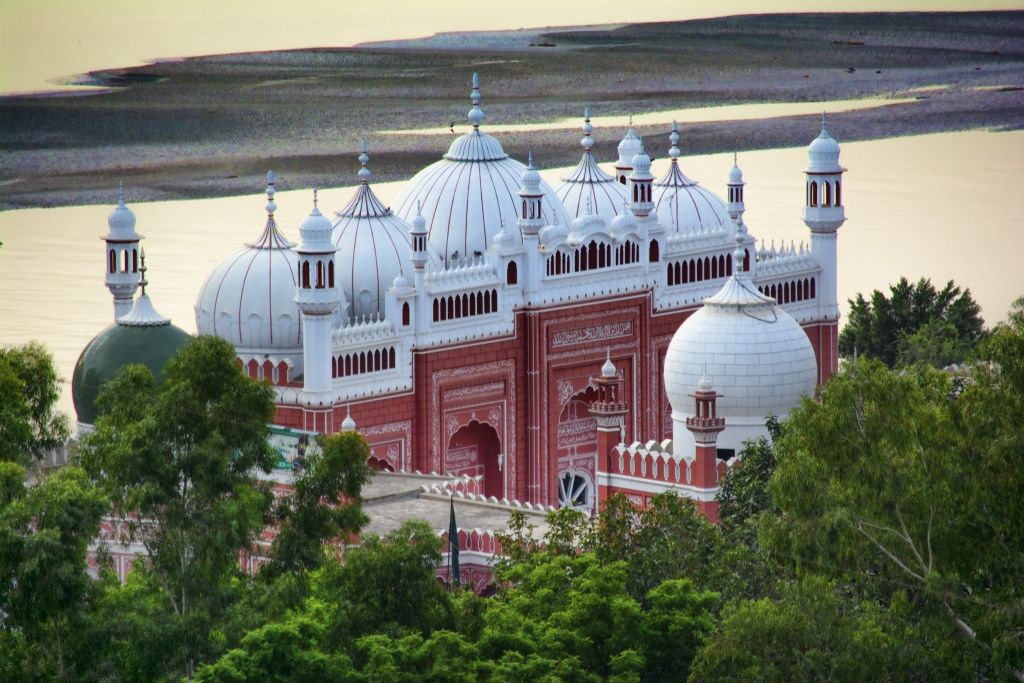
Day 3: Khewra Salt Mine to Islamabad
After breakfast we’ll proceed to Khewra Salt Mine, which is known for its production of pink Khewra salt, often called Himalayan salt. It is the second largest in the world. It was discovered by Alexander The Great’s army, but started trading during the Mughal era and was further developed during British rule. Over 350.000 tonnes of salt is produced annually.
Tonight we’ll sleep in Islamabad.
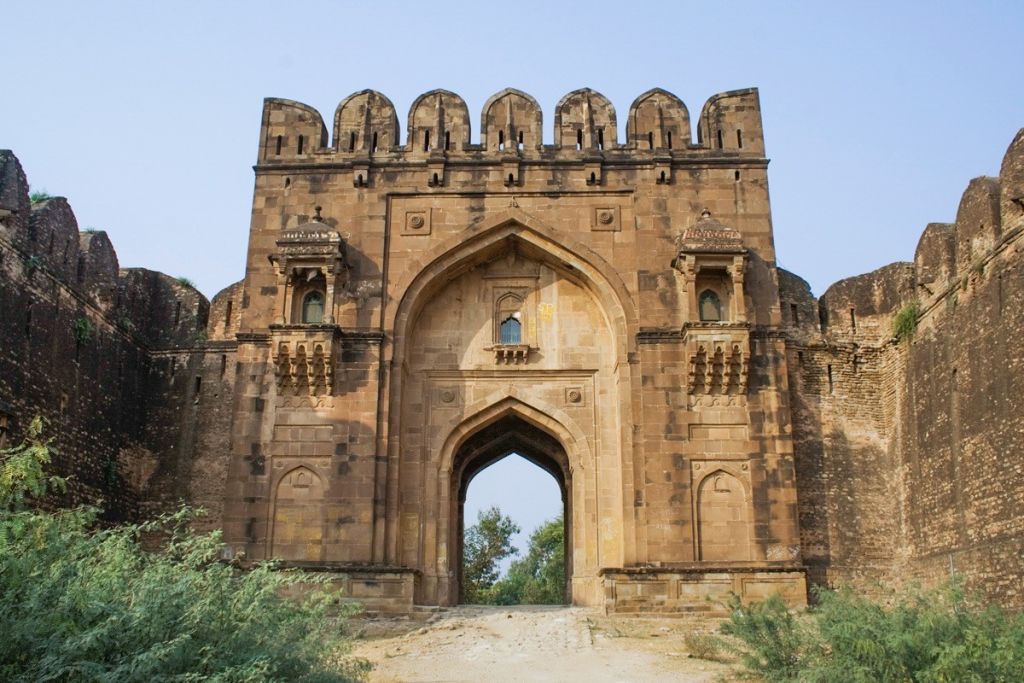
Day 4: Islamabad and Taxila
Today we’ll have a free morning and after lunch we’ll go to the Faisal Mosque, the sixth largest mosque in the world, followed by a hike in the Margalla Hills which will treat us to an amazing view of the city and the surroundings. The Margalla Hills are part of the Margalla Hills National Park and are part of the Himalayan foothills.
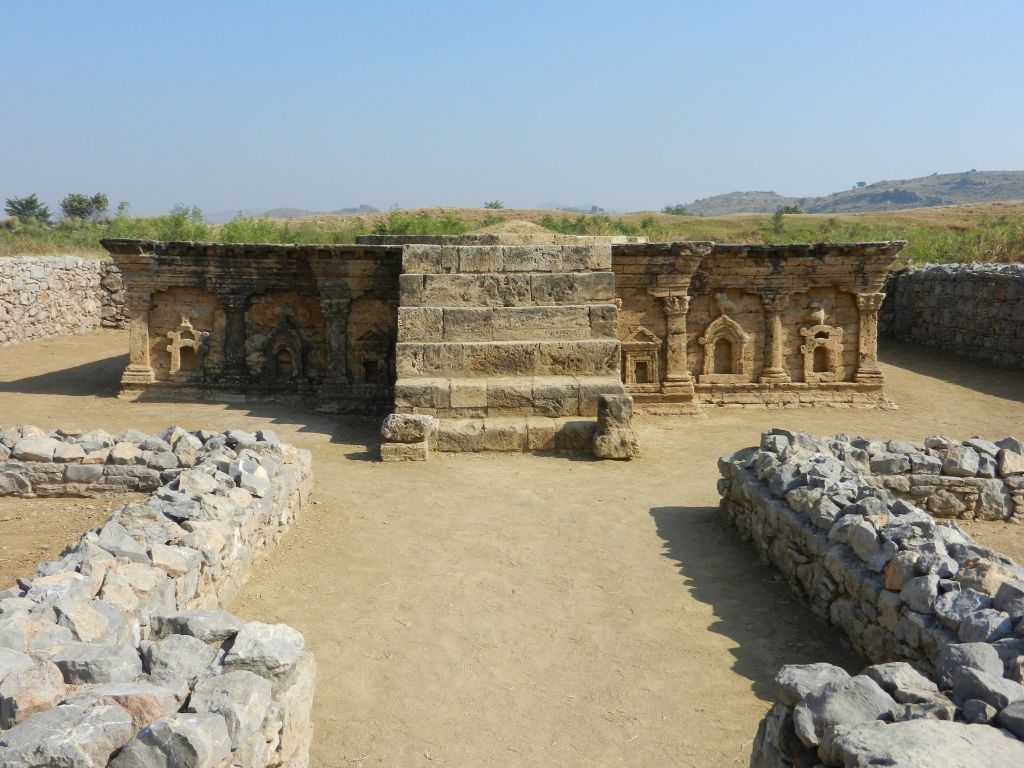
Day 5: Taxila
After breakfast we’ll go to Taxila, which will be our last destination on our trip.
Taxila, meaning 'City of Cut Stone', is an archaeological site about 25 km northwest of Islamabad. Taxila was an important city of Ancient India with origins going back to 600 BCE and has been in the hands of several empires as it was an important crosspoint for ancient trade routes. It was eventually destroyed in the fifth century and declared as a UNESCO World Heritage Site in 1980. We’ll spend the morning here and will bring you back to Islamabad around noon. End of tour.
*** Know that itineraries can always change, we try to do our best to see as much as possible.
Includes:
- Transport
- Professional English speaking guide
- All entrance fees
- Accommodation
Doesn’t include:
- Meals and drinks
Price:
1 person: 1799
2 persons: 1199
3 persons: 899
4 persons: 699

